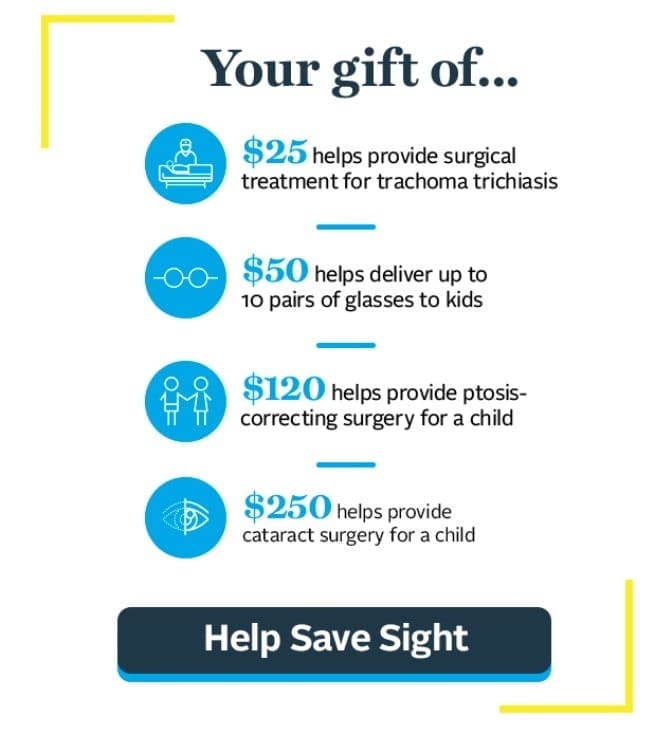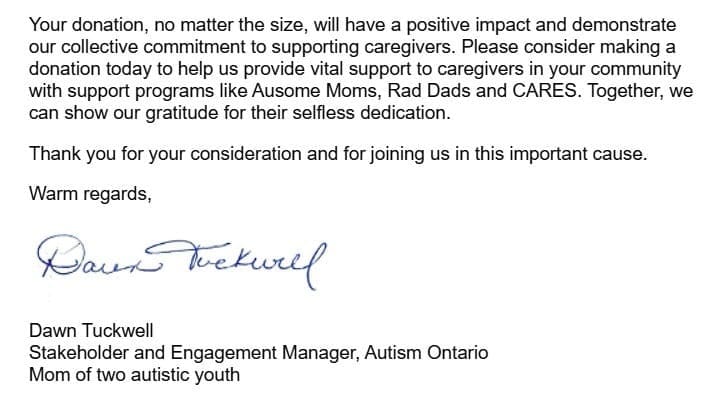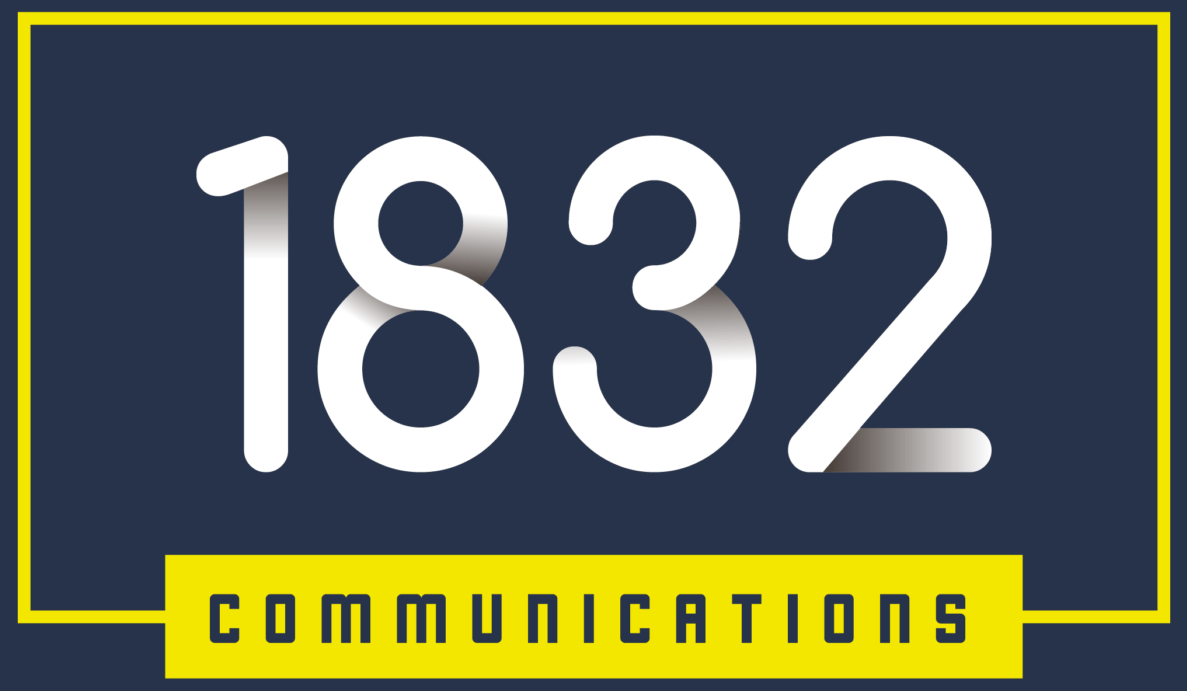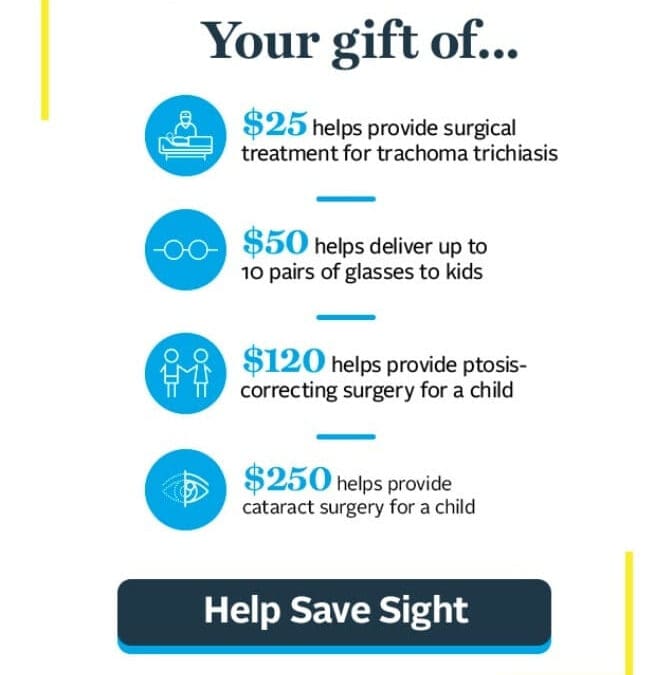The most recent stat I have is that the average read rate for an email is just below nine seconds.
Nine seconds.
That’s not a lot! Basically people are skimming and scanning. They have a lot to do and don’t have time for every email that lands in their inbox.
But then two weeks ago I saw a stat which will make things more complicated:
Based on heat map analysis of ecommerce emails, the top 30% of an email gets 90% of the attention.
In simpler terms: You BETTER get to the point quick or people will move on to the next email.
I can guarantee that this doesn’t just apply to ecommerce emails. It applies to the emails your nonprofit sends as well.
Wordy emails where the ask is buried in paragraph five won’t do well. You’re gonna have to move the ask up towards the top.
But that’s email. What about direct mail?
There are two sides to this:
- Many people do skim and scan a direct mail appeal. But…
- The average donor is over the age of 60. They read the letters they receive and they’re gonna take the time to read your direct mail ask, especially if it’s an organization they have a relationship with.
Doesn’t matter how people read your emails and letters. There are certain elements that your fundraising asks need to contain.
What your ask must include
Here are the elements your fundraising letters and emails should contain so people take notice.
1️⃣ Personalization: “Remember that a person’s name is to that person the sweetest and most important sound in any language.” – Dale Carnegie
If you have the person’s first name, address them at the opening. People notice when their name is used and that helps keep their attention long enough for them to want to keep reading. Open your asks with Hi Susan, Dear Susan.
2️⃣ P.S.: People often read the P.S. in a fundraising letter. Eye-tracking studies have shown that even if they don’t go through the whole letter, they tend to read the P.S.
The P.S. should be a one sentence summary of the appeal. It should contain the problem and solution and create a sense of urgency.
3️⃣ Opening line/paragraph: Compelling. This is an area where you really need to work on making sure you bring someone into the story right away. The problem is presented. An emotional tug.
“It was late at night. Too late for visitors. But the banging on the front door was insistent. Startled, I threw on my robe and went to the door. What in the world was happening?”
“Maxine is a painter. She loves art. In her free time she composes poetry. Or at least she did until she unexpectedly found herself living on the streets of Tampa. Now her time is spent worrying about daily survival.”
4️⃣ Picture: You need a powerful picture that captures attention. In a letter you might add it in the upper right corner of the page. In an email you could use a banner or an attention grabbing image right at the top.
Just remember that since most people pay attention to the top 30%, the copy right below the image should relate to the person in the picture. Those two combined could be the 30% but can be enough to cause someone to keep skimming rather than deleting. (See number five in this post. So true!)
5️⃣ Problem + solution: Make it easy for readers to understand the problem you’re presenting and the solution (donating). Bold certain sentences or headings as people skimming will notice these.
Direct mail- make sure there’s an ask on the first page! Don’t bury it on the back side or page five of a long letter.
Email- Make sure there’s an ask early on in the email. Even if you put the CTA button towards the bottom, have text towards the beginning hyperlink to the donation page.
6️⃣ Amount + impact: Include in your letters and emails three specific amounts people can give to help AND include the impact of each. Help people decide quickly based not (just) on the amount but the impact. If there’s a matching campaign, make sure to stress that as that will cause more people to donate and give higher amounts.
Direct mail- If you’re including a reply card or tear off, list the amounts and impact.
Email- Use a graphic/image to show impact of requested amounts. (Example from Orbis below)

7️⃣ One to one: Your ask is a one-to-one communication piece. Make sure you include a signature: Headshot, name of person from your organization, their position and if possible, an e-signature.
I may have used this before but it’s worth sharing again. My friend Jim sent me this from Autism Ontario:

I LOVE the use of “stakeholder” in the signature! Adding “mom of two autistic youth” shows she herself has skin in the game. That can help seal the deal with a reader.
As you work on your year-end ask, check that these elements are present. It’s one of the ways to help you surpass your goals!




